What is the treatment of coffee? is the honey treatment of coffee close to washing or tanning?
When the coffee is harvested, to get good quality, you need to pick it all by hand, and only pick the red ripe fruit that happens to be at the peak. It is not good to be too ripe, not to be ripe, or to fall to the ground and let it rot. Like tea, picking a large amount of tea with a machine will directly reduce the quality. After picking, it is the beginning of another test. Coffee beans are actually just seeds with pulp and peel on the outside. How to take out the seeds we need and at the same time reduce the water content inside the seeds to facilitate subsequent storage and transportation, this process is called Processing. The most common, can be divided into three kinds, solarization, washing and honey treatment.
Solarization method
Also known as natural treatment (Sun-dried, Dry, Unwashed or Natural Process), is the most traditional treatment, coffee beans with skin and pulp, directly exposed to the sun, and then dry grind peel. As a result, intact beans will have the sweetness of pulp and the aroma of fermented wine.
The disadvantage is that it is easy to mix with impurities, it is also easy to over-ferment or mildew, and it is also greatly affected by the climate. Use a high-rise tanning bed (Raised Beds) and turn it frequently to help improve the quality.
Need very careful care, in order to get high-quality sun beans. Good sun treatment, can get obvious fruit flavor, strong performance, warm and heroic coffee.
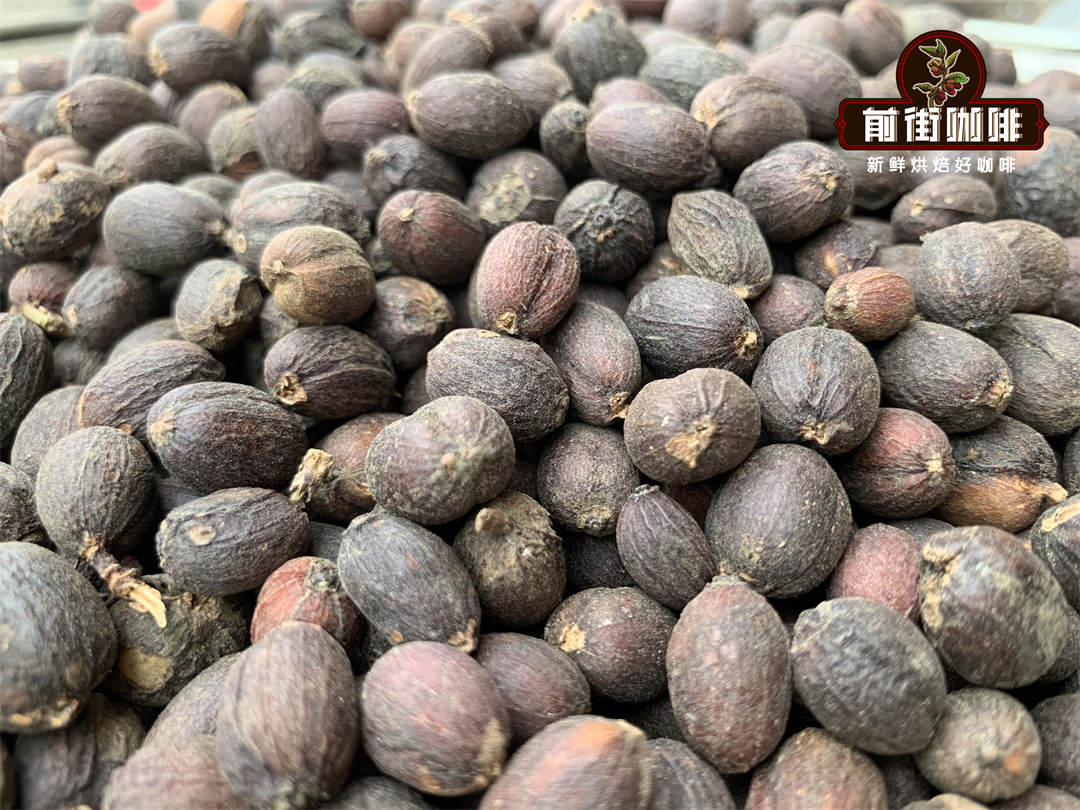
Washing method
In the past, most of the high-quality coffee beans were washed, also known as wet treatment (Washed or Wet Process). Mainly through many soaking and washing procedures, fermentation and removal of pulp, peel, and then drying to get coffee beans.
The washing of water makes coffee beans less easy to mix with impurities, so they have a pure and relatively stable performance.
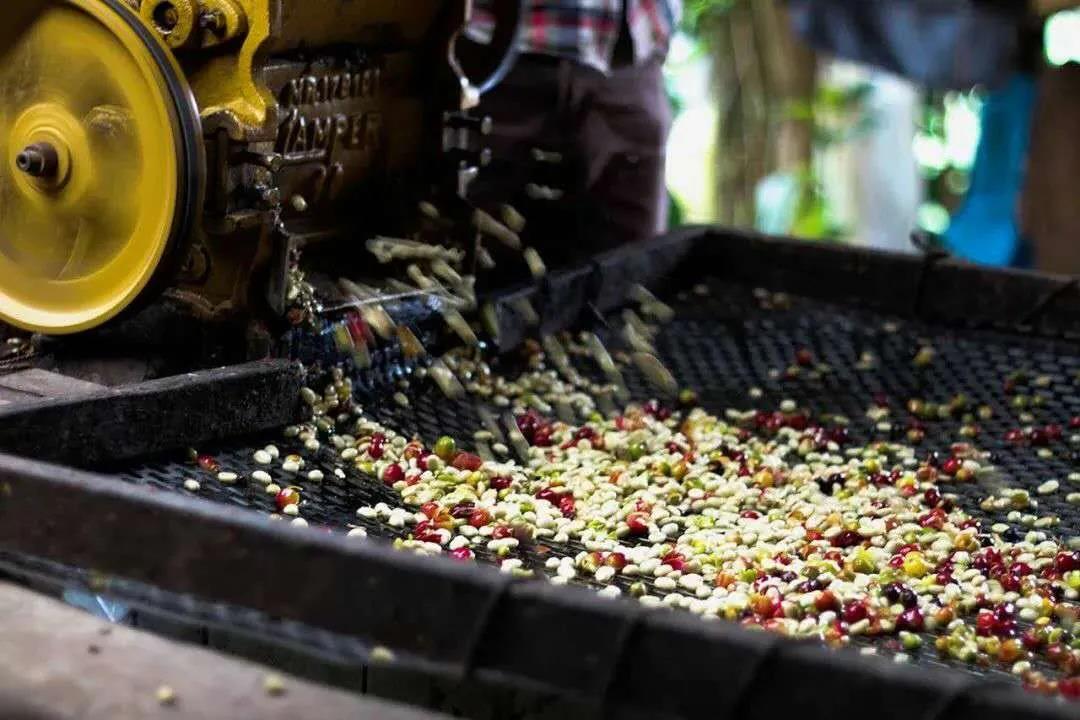
Honey treatment
Originating from Costa Rica, it is a new treatment method in recent years, which is between sun exposure and water washing. Good honey treatment can have the advantages of both. Washing treatment before the final drying process, will first remove all the skin and pulp; honey treatment is the same water washing, soaking and fermentation, the key difference is to retain some peel, pulp, along with the beans to dry.
Because the pericarp and pulp have mucous membrane (pectin), it is also called mucosal fermentation. The enzymes in the mucous membrane make it necessary to constantly turn the sticky and shredded coffee fruit when the honey is dried to ensure that it is not overfermented or moldy. Because of the different fermentation temperatures, different degrees of honey treatments have been developed, such as white honey, yellow honey, red honey, black honey and so on. In principle, the darker the color, the closer to the sun, and the lighter it is, the closer it is to washing.
Honey treatment is named because pectin is as sticky as honey. It is not intended to add honey in the process, nor will it give coffee beans more honey taste because of honey treatment. If it tastes like it, it is the flavor performance of coffee beans themselves.
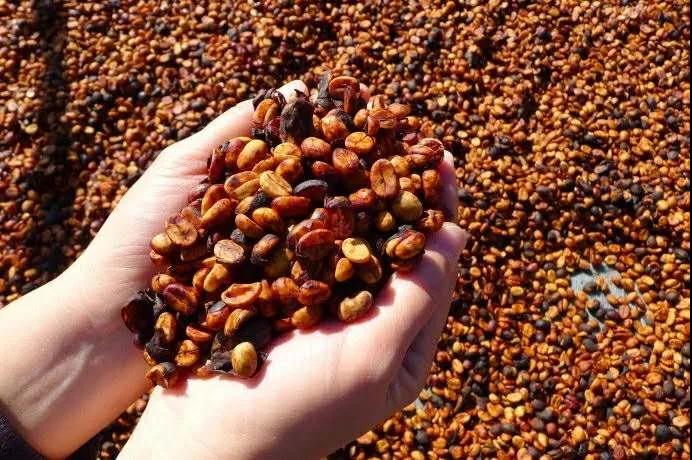
Important Notice :
前街咖啡 FrontStreet Coffee has moved to new addredd:
FrontStreet Coffee Address: 315,Donghua East Road,GuangZhou
Tel:020 38364473
- Prev
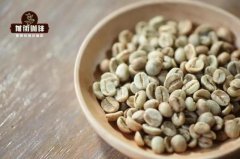
Coffee varieties Arabica Coffee varieties Abstract what are the main varieties of fine coffee
Coffee can be divided into three main varieties, namely, Arabica (Coffea arabica), Robusta Coffea canephora (Robusta) and Liberia (Coffea liberica). Arabica is the main force of boutique coffee, suitable for growing at higher elevations, tastes better, is more delicate, needs care, and is the smallest of the three, so it is also known as
- Next
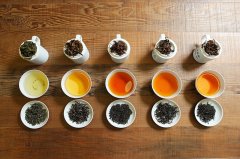
Those who like to drink Taiwan honey-scented black tea must see it! Know how to divide 7 varieties of common black tea in Taiwan!
Tea has been the most important export product in Taiwan for a hundred years, and the development of black tea can be traced back to the early days of the Japanese occupation, when black tea was popular all over the world, with Taozhu Miao as the main export. in particular, Ridong black tea produced by Mitsui Association was well received by the world market, and even surpassed oolong tea and seed tea after 1934 to become a rising star of Taiwan tea. Before drinking
Related
- Beginners will see the "Coffee pull flower" guide!
- What is the difference between ice blog purified milk and ordinary milk coffee?
- Why is the Philippines the largest producer of crops in Liberia?
- For coffee extraction, should the fine powder be retained?
- How does extracted espresso fill pressed powder? How much strength does it take to press the powder?
- How to make jasmine cold extract coffee? Is the jasmine + latte good?
- Will this little toy really make the coffee taste better? How does Lily Drip affect coffee extraction?
- Will the action of slapping the filter cup also affect coffee extraction?
- What's the difference between powder-to-water ratio and powder-to-liquid ratio?
- What is the Ethiopian local species? What does it have to do with Heirloom native species?

